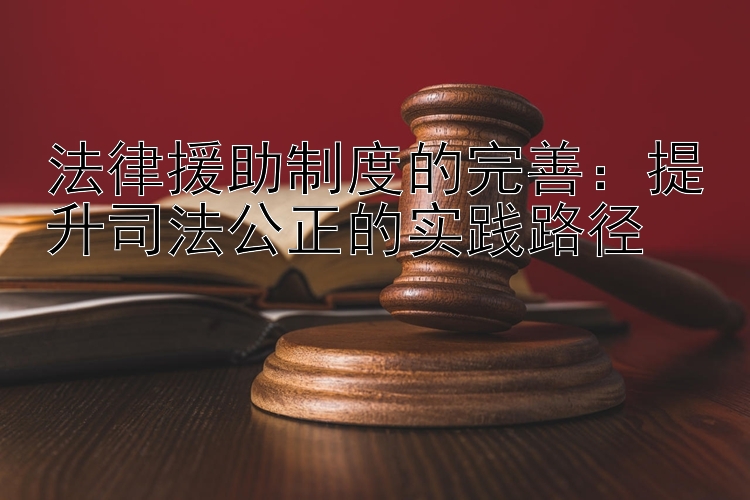行政诉讼法革新:提升司法公正的新篇章
导读《中华人民共和国行政诉讼法》的最新修订标志着我国行政法治建设的重大进展。这次改革旨在解决过去行政诉讼实践中存在的诸多问题和挑战,以期提高人民法院对行政行为的监督和审查能力,从而更好地保障公民、法人或其他组织的合法权益,维护和促进司法公正。以下是关于本次革新的详细解读:一、ToUp ToUp1. To......
《中华人民共和国行政诉讼法》的最新修订标志着我国行政法治建设的重大进展。这次改革旨在解决过去行政诉讼实践中存在的诸多问题和挑战,以期提高人民法院对行政行为的监督和审查能力,从而更好地保障公民、法人或其他组织的合法权益,维护和促进司法公正。以下是关于本次革新的详细解读:
一、ToUp ToUp 1. ToUp - ToUp - ToUp - The Newest Version of the Administrative Litigation Law: The latest revision to the Administrative Litigation Law of the People's Republic of China marks a significant advancement in our country's administrative rule of law construction. This reform aims to address various issues and challenges encountered in past administrative litigation practices, with the goal of enhancing the courts' ability to supervise and review administrative actions, thereby better safeguarding the lawful rights and interests of citizens, legal persons, or other organizations, as well as maintaining and promoting judicial fairness. Below is an in-depth interpretation of these changes:
- Key Changes and Implications:
-
Expansion of Jurisdiction: The revised law broadens the jurisdiction of courts over certain types of administrative cases, such as those involving environmental protection, food safety, and public resources allocation. This expansion ensures that more disputes can be resolved through judicial channels, providing greater access to justice for affected parties.
-
Enhanced Judicial Review: Courts are now granted greater authority to review administrative decisions, including the power to declare administrative acts invalid if they contravene laws or regulations. This strengthens the judiciary's role in ensuring that government actions comply with the rule of law.
-
Protection of Plaintiffs': Rights: Measures have been introduced to protect plaintiffs from retaliation by administrative agencies during litigation. These include provisions for confidentiality and measures to prevent harassment or discrimination against plaintiffs who bring lawsuits against governmental bodies.
-
Increased Transparency: The new version emphasizes the importance of transparency in court proceedings, requiring that hearings be open to the public unless there are compelling reasons for closed sessions. This promotes accountability and trust in the judicial system.
-
Streamlined Procedures: To expedite the resolution of cases, simplified procedures have been established for small claims and for situations where immediate action is necessary to avoid irreparable harm. These streamlined processes reduce delays and improve efficiency.
-
Case Study:
-
In one notable case, Xu v. City of Y (to preserve anonymity), the plaintiff, Mr. Xu, filed a lawsuit under the previous version of the Administrative Litigation Law after his business was unfairly shut down due to alleged violations of environmental regulations. Despite presenting strong evidence to challenge the local authorities' decision, he faced numerous obstacles in obtaining key documents and accessing information needed for his defense. As a result, his case dragged on for years without a clear outcome.
-
With the implementation of the updated law, however, Mr. Xu's situation changed dramatically. He was able to invoke the enhanced judicial review provision, which allowed the court to scrutinize the legality of the administrative act more closely. Moreover, the court recognized the need for procedural simplification given the urgency of the matter and applied the expedited procedure, leading to a timely judgment. Ultimately, the court ruled in favor of Mr. Xu, reinstating his business and awarding him compensation for losses incurred during the shutdown period.
-
Conclusion:
-
The reforms within the latest iteration of the Administrative Litigation Law reflect a commitment to strengthening the independence and effectiveness of the judiciary while also protecting individual rights and upholding the principles of fair play. By addressing longstanding issues and creating a more favorable environment for plaintiffs to seek redress, this legislation represents a crucial step forward in realizing the full potential of the rule of law in China.
-
Reference Materials:
- Administrative Litigation Law of the People's Republic of China (Revised Edition)
- Supreme People's Court Interpretations on Several Issues Concerning the Application of Law in Hearing Administrative Cases
-
White Paper on Reform and Development of Administrative Litigation System (issued by the Supreme People's Court)
-
Disclaimer:
- Please note that this article serves as general guidance only and should not be considered as legal advice specific to any particular situation or case. For accurate and tailored advice regarding your legal matters, it is essential to consult with a qualified attorney.
热门标签




